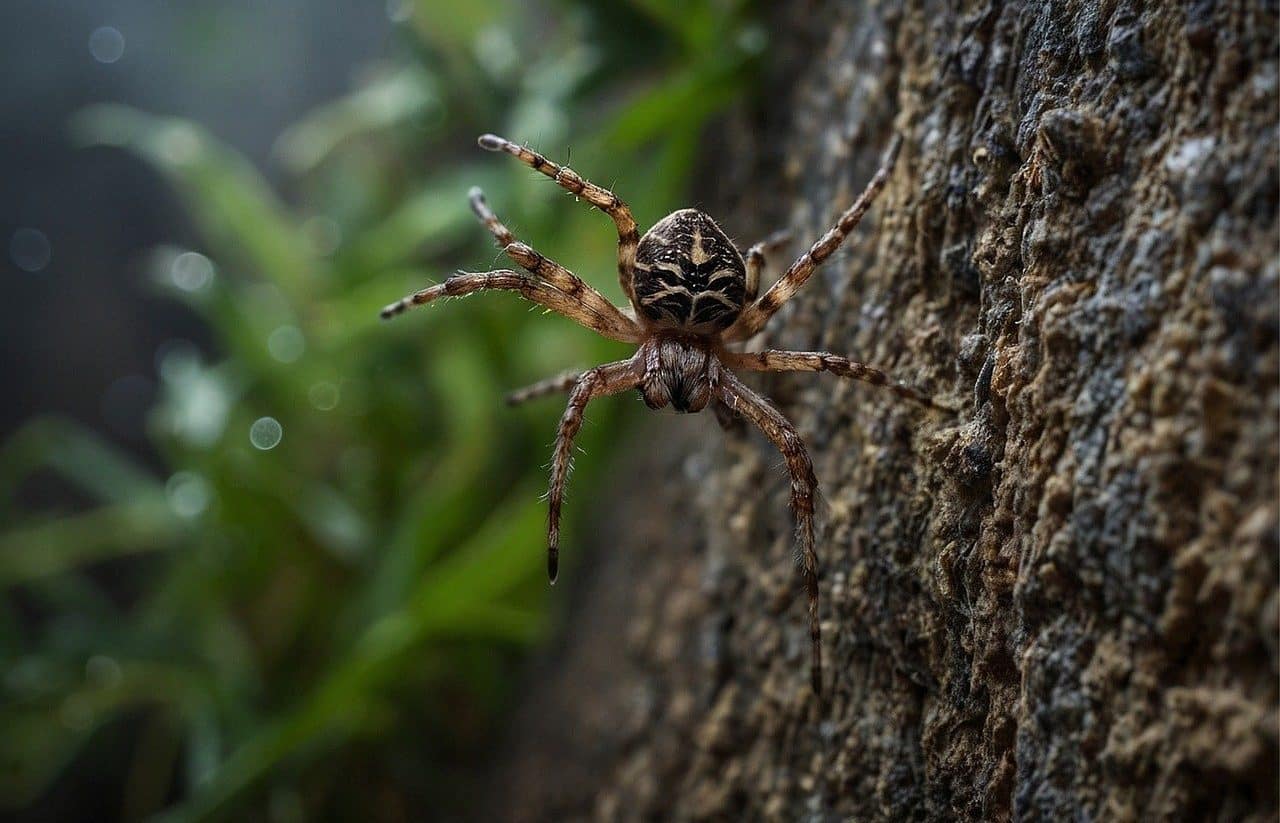
Tarantulas are lycosides.
Tarantula is a term that comes from the Latin word tarantŭla , which in turn derives from Tarentum . This notion, on the other hand, refers to the Italian town of Taranto ( Apulia region ).
The concept is used to name spiders that are part of the lycoside family. These arachnids live in large numbers in the Taranto area due to the city 's climate: hence their name.
Characteristics of tarantulas
Tarantulas are characterized by their rounded body on the abdomen and covered with hair on the thorax. These are poisonous spiders, whose bite causes swelling although it is not serious for people as was believed in ancient times.
Popular belief was that a tarantula bite caused tarantism : a convulsive agitation with profound discomfort. Tradition indicated that, to combat tarantism, one had to perform frenetic movements that were known as taranta . Over time , a dance that imitates these movements was called tarantella .

Tarantulas are poisonous.
A lycoside
Typically, the idea of tarantula refers specifically to the Lycosa tarantula . This animal , which can measure about 30 millimeters long, lives in caves and among rocks. Females, larger than males, can live about four years, while males only live half that long.
The Lycosaid family of araneomorphic spiders (a suborder of spiders characterized by having chelicerae arranged diagonally, which intersect at their ends) includes the aforementioned Lycosa , which on the European continent is generally known as a tarantula, although this is not entirely correct and may lead to certain confusion.
Analyzing the etymology of the term lycos we discovered that it is a term of Greek origin that can be translated as "wolf" , and this is reflected in the name that this family has received in more than one language, such as English, in which it is He knows them as wolf spiders . As mentioned above, spiders belonging to this family are often called tarantulas in everyday speech.
Thanks to their venom , tarantulas can hunt their prey. When a tarantula bites a human being , it can cause inflammation, as we said above, but not major complications.
The tarantula as a pet
Not all humans are afraid of tarantulas; In fact, some decide to keep them as pets, although this deprives them of their freedom, just as it happens with fish, iguanas and mice, since they are kept trapped in small glass structures.
Although they would not be able to escape from a cage, their "guardians" prefer glass in many cases to protect themselves from the attack of some genera, such as Brachypelma and Grammostola , which consists of launching stinging hairs to defend themselves from their predators , and which can generate serious discomfort in the epidermis, inflame the mucous membranes if they enter through the nasal passages or cause great damage if they come into contact with the eyes.
Regarding its diet, the tarantula can hunt a wide variety of insects, including cockroaches and grasshoppers, but it is also capable of killing certain rodents. The high protein content of her diet is a key to successful shedding, and also helps her go without eating for a period of up to five days.
The exoskeleton change
The tarantula usually changes its exoskeleton twice a year, and it is a very delicate phenomenon, especially if it does not live in its natural habitat .
When this process does not take place correctly, generally due to inadequate human intervention, the animal can lose its life. One of the most important factors is temperature: the tarantula prefers heat, and it is essential to reproduce as closely as possible the climate it needs to survive.
